Latest

New machine learning tool could transform how we study neutron star mergers
A new machine learning algorithm that can rapidly pinpoint the location of a neutron star merger using gravitational wave signals alone.

Higgs boson may be driving the Universe’s expansion
Scientists assume that inflation was driven by hypothetical inflaton particles, which scientists think could be the Higgs boson.

Scientists discover a new class of antibiotics
A bacterium found in a backyard could offer new hope in the fight against antibiotic resistance.

New material emitting spinning light could revolutionize optics and computing
“We’ve essentially reworked the standard recipe for making organic light emitting diodes, like those found in smartphones.”
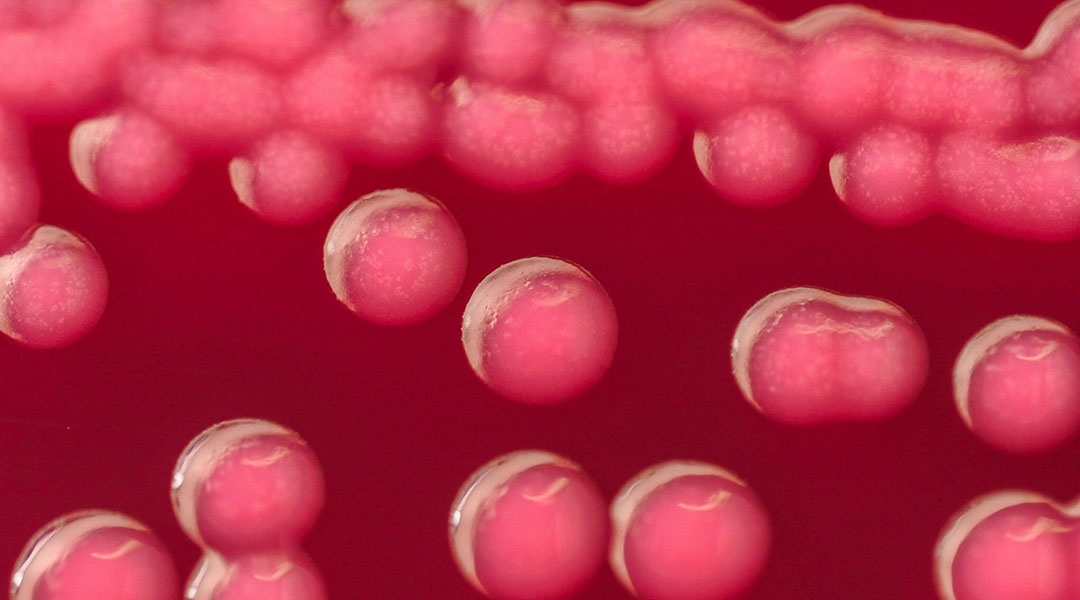
Common bacteria could be used to produce biodegradable bioplastics
Engineered Escherichia coli bacteria could be used to make sustainable biobased plastics.
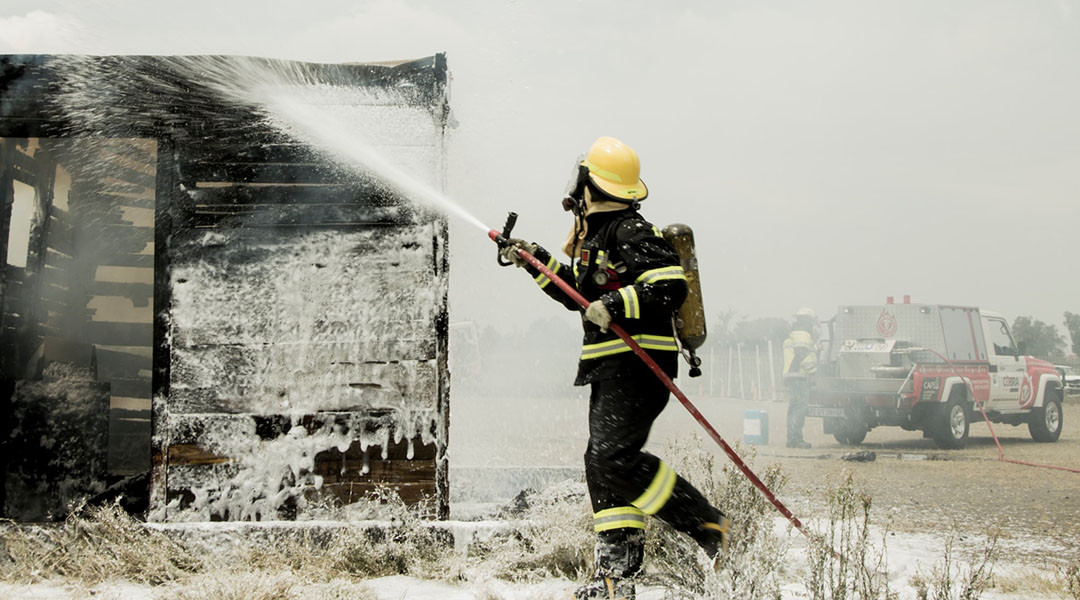
Firefighters may have a higher risk of genetic mutations linked to brain cancer
Chemicals found in fire extinguishers have been linked to mutations in brain tumors of firefighters.
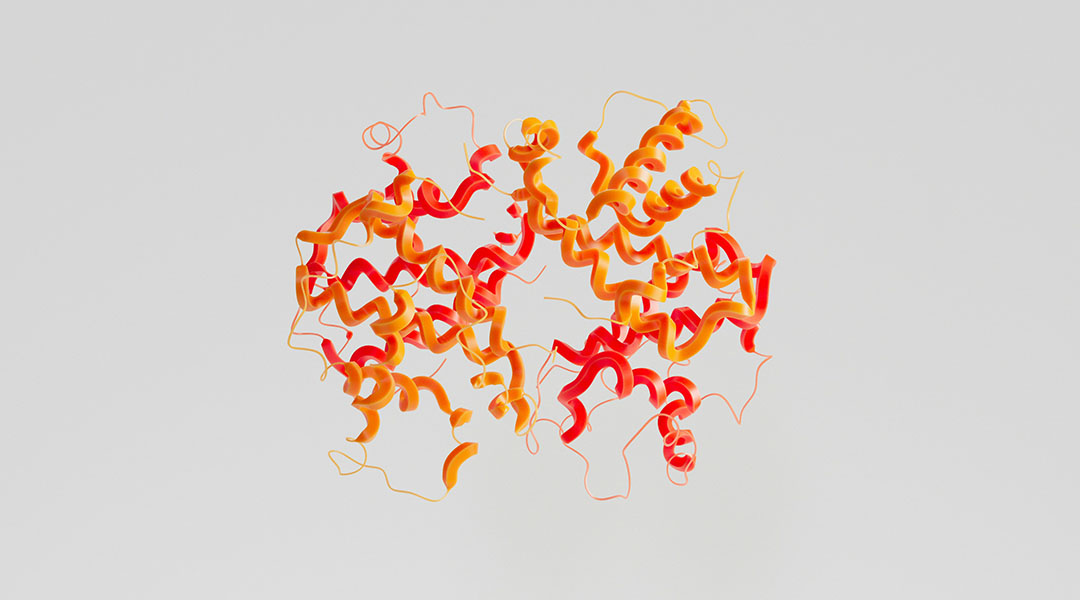
Higher hemoglobin levels linked to increased risk of polycystic ovary syndrome
A new study identified the potential pathway responsible for linking high hemoglobin to polycystic ovary syndrome.
ASN Weekly
Sign up for our weekly newsletter and receive the latest science news directly to your inbox.

Fungi could unlock the recycling of carbon fiber
Scientists have developed a process to recycle carbon fiber into valuable chemicals with the help of fungi.
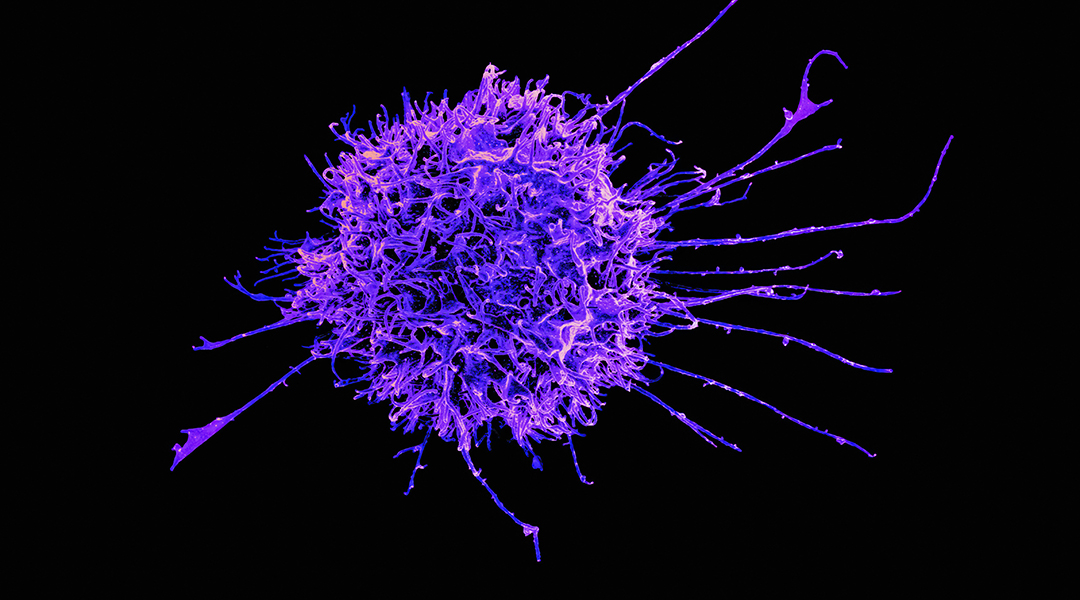
What immune cells eat can determine how well they do their job
A new link between what cells feed on and their gene activity could have huge implications in cancer research and beyond.

CERN scientists search for new physics in unusual energy patterns linked to hidden particles
Researchers at CERN’s Large Hadron Collider explore subtle energy signals to search for new physics beyond the Standard Model.

The surprising link between saliva and stress during pregnancy
Scientists find unique combinations of oral microbes can help identify states of stress in pregnant individuals.
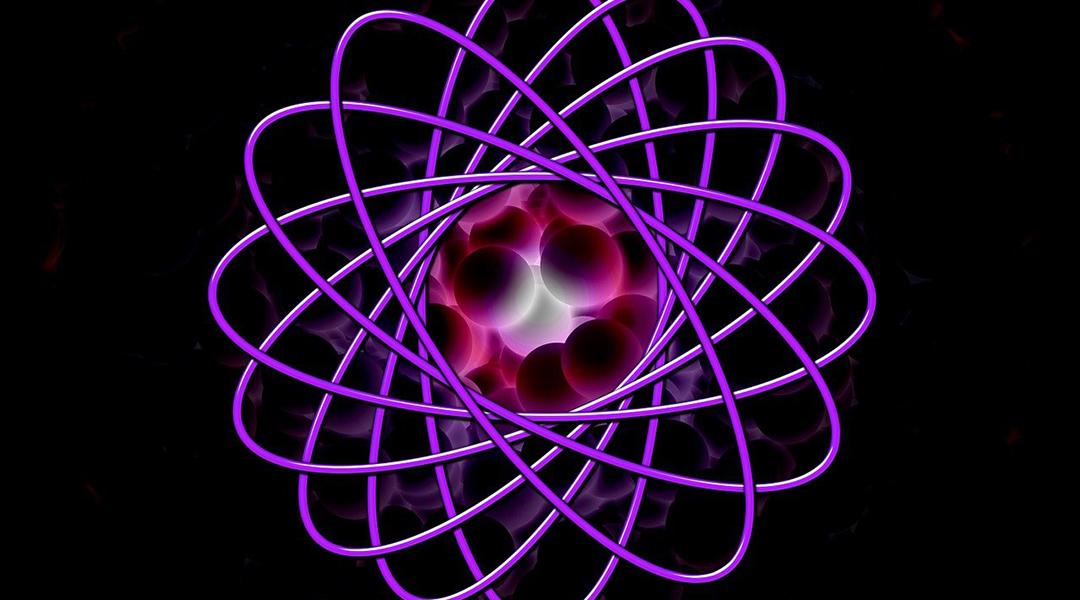
Scientists take a closer look at rare particles called hypernuclei
Scientists use cutting-edge techniques to study rare atomic systems called hypernuclei shedding light on subatomic forces and neutron stars.
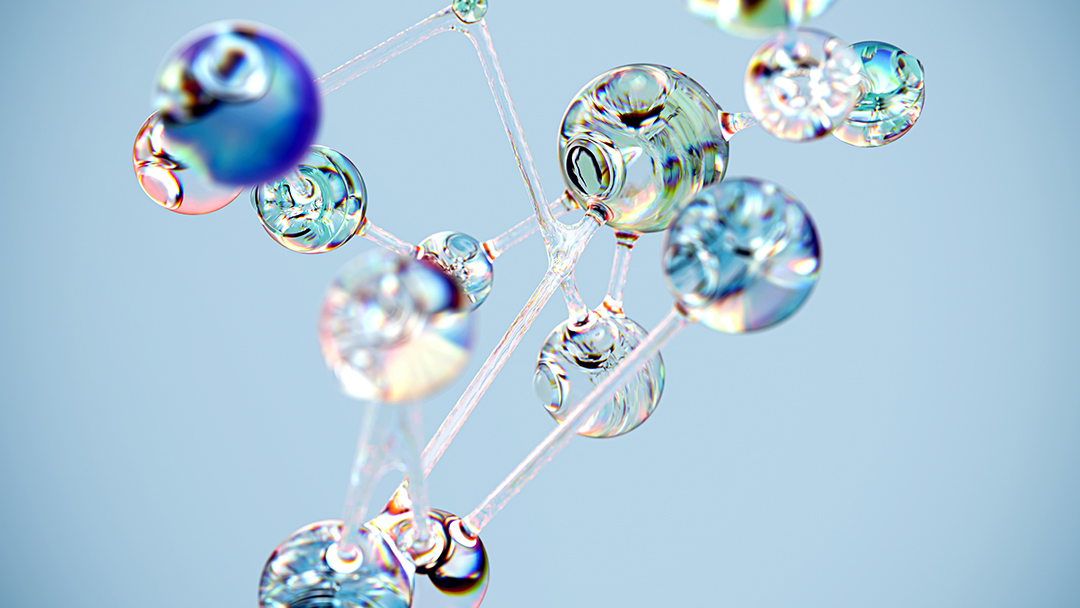
Computer system helps scientists understand how cancer could be reversed
BENEIN is a computer network that can identify the master regulators that cause normal cells to go cancerous.
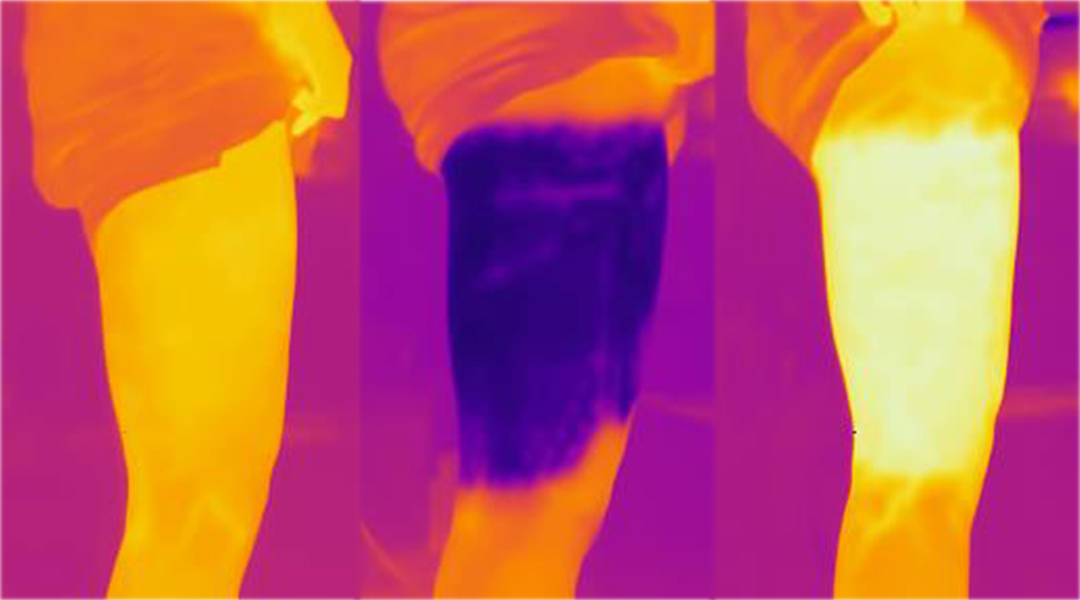
COOLWEAR: Water immersion therapy without waste
The fluidic wearable device is less wasteful when it comes to water, but equally effective alternative to water immersion therapy.
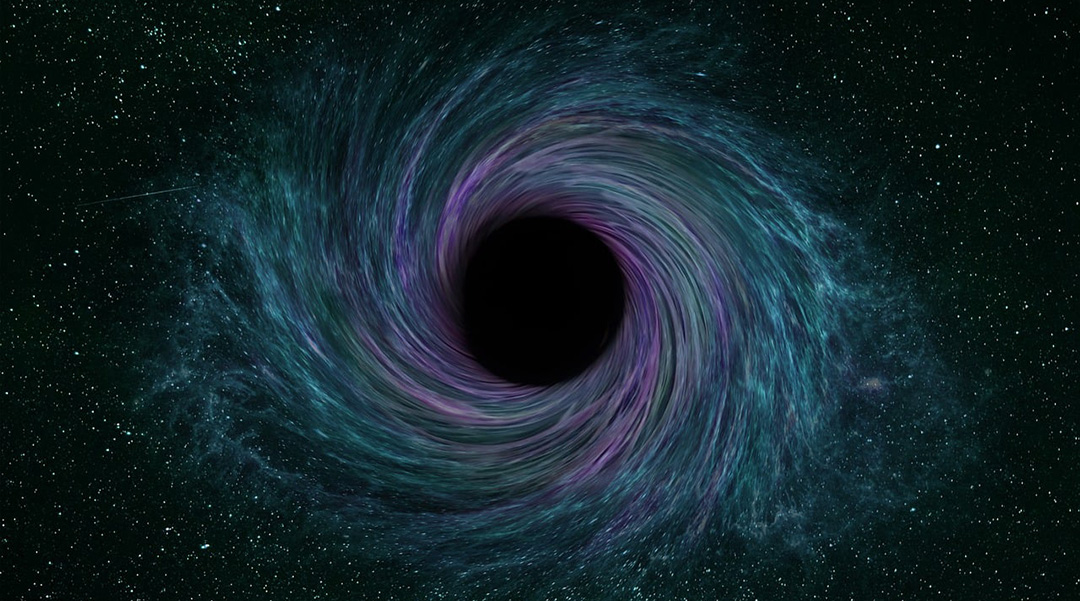
A theory of frozen stars challenges our understanding of black holes
Linking string theory with observations, frozen stars shed new light on black holes and the clash between quantum mechanics and relativity.
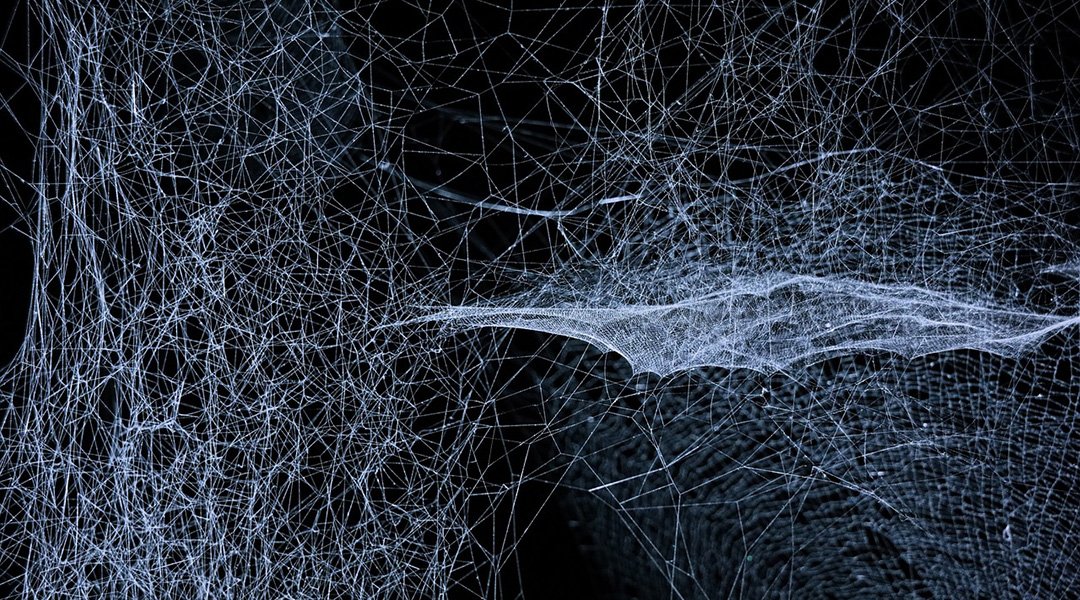
A “dark dimension” could help explain the origin of dark energy
Scientists propose that mysterious dark energy could be understood if we look at the Universe through the lens of string theory.
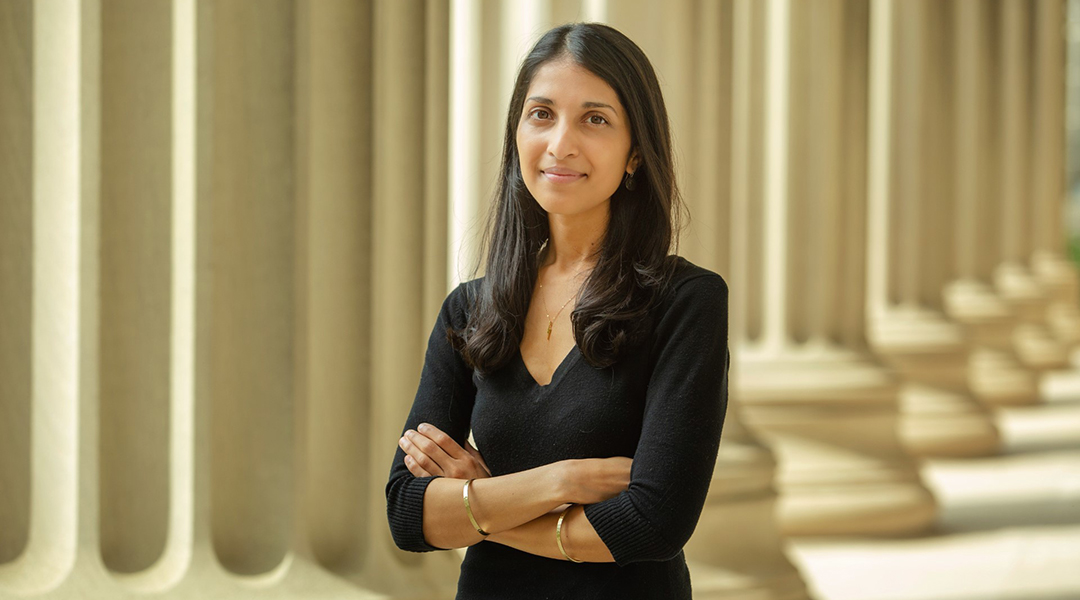
Ritu Raman: “Your very existence in science is a form of activism”
Engineer, author, and educator Ritu Raman blends many talents and is fast becoming a leading figure in the biofabrication community.
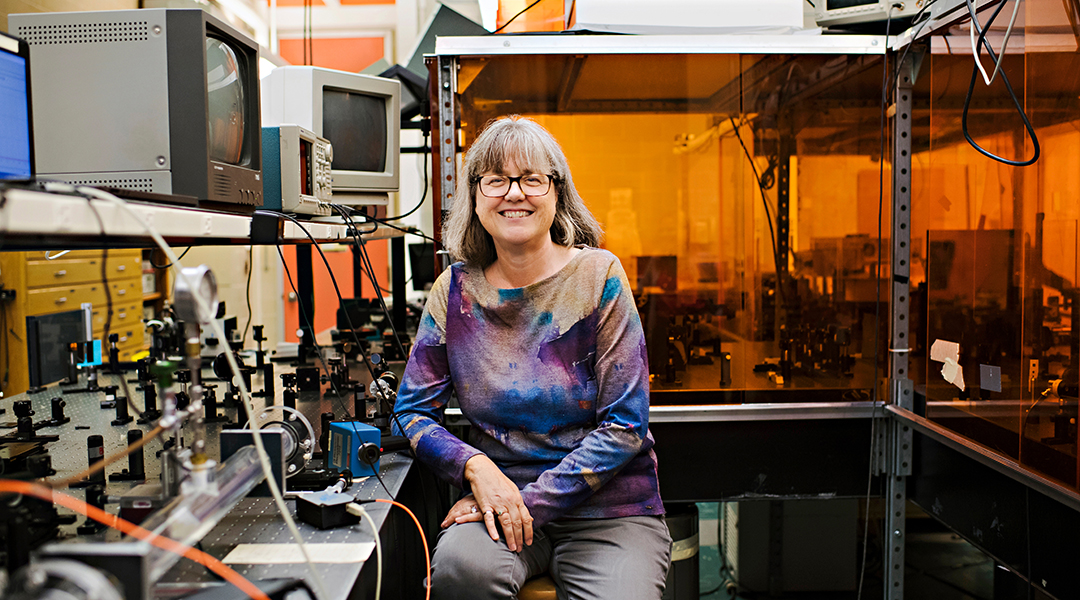
From lasers to a Nobel Prize: A conversation with Donna Strickland
Canadian physicist Donna Strickland on breaking down barriers in laser physics and her life after winning the Nobel Prize.
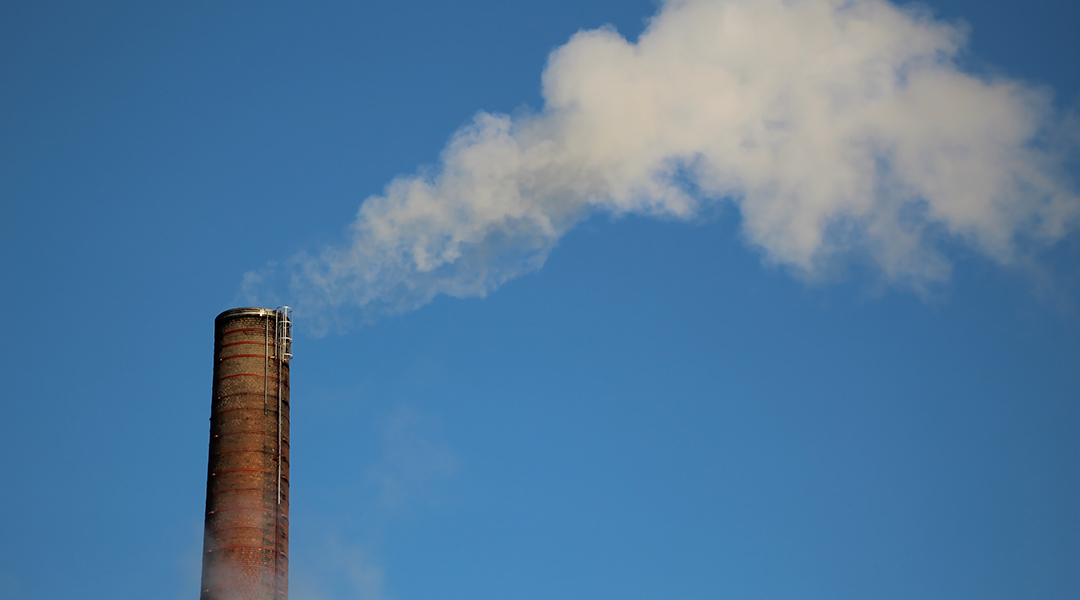
Are carbon credits actually in line with climate mitigation efforts
Carbon credits are used by companies and corporations to offset greenhouse gas emissions, but are they simply an aid for greenwashing?
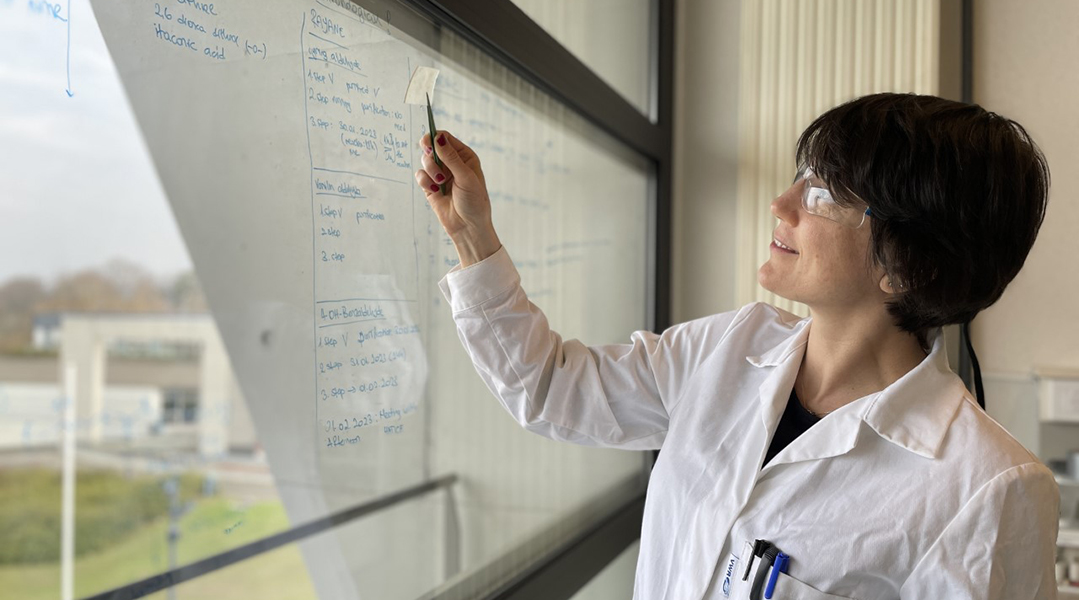
Hatice Mutlu: Circular chemistry through degradable, metamorphosing polymers
Chemist Hatice Mutlu applies zero-waste methods to create biodegradable polymers that can be used perpetually.

Canan Dağdeviren: “Follow your dream because life is too short to follow someone else’s”
Bioengineer Canan Dağdeviren is living her dream, decoding physical patterns of the human body in order to diagnose and cure diseases.
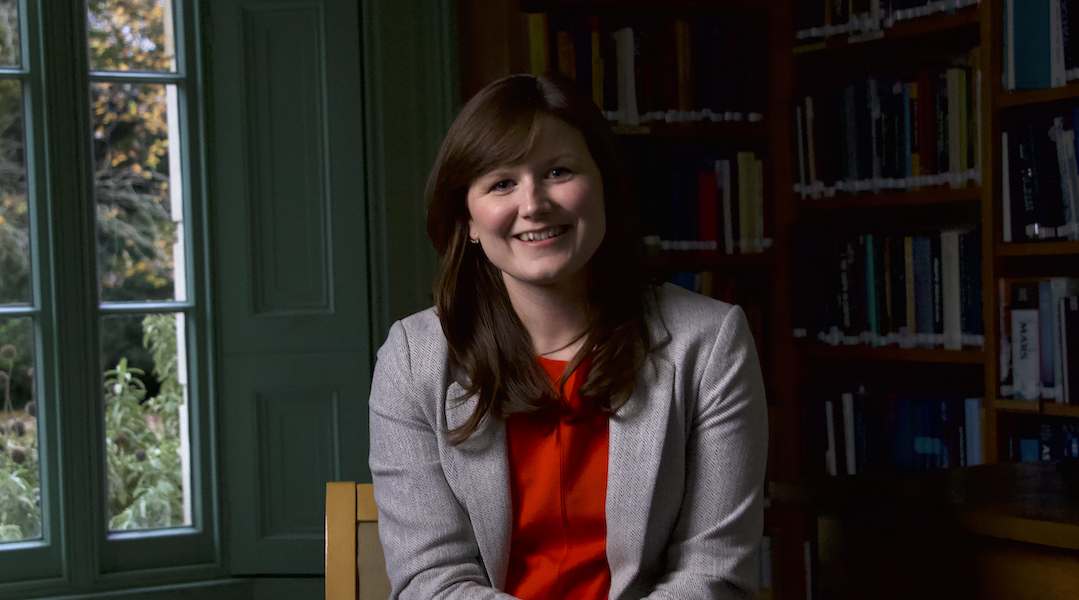
Becky Smethurst: “My hobby is my job, with a bit of extra stress”
Your “friendly neighborhood astrophysicist” Becky Smethurst is enthusiastically exploring the universe and educating us along the way.
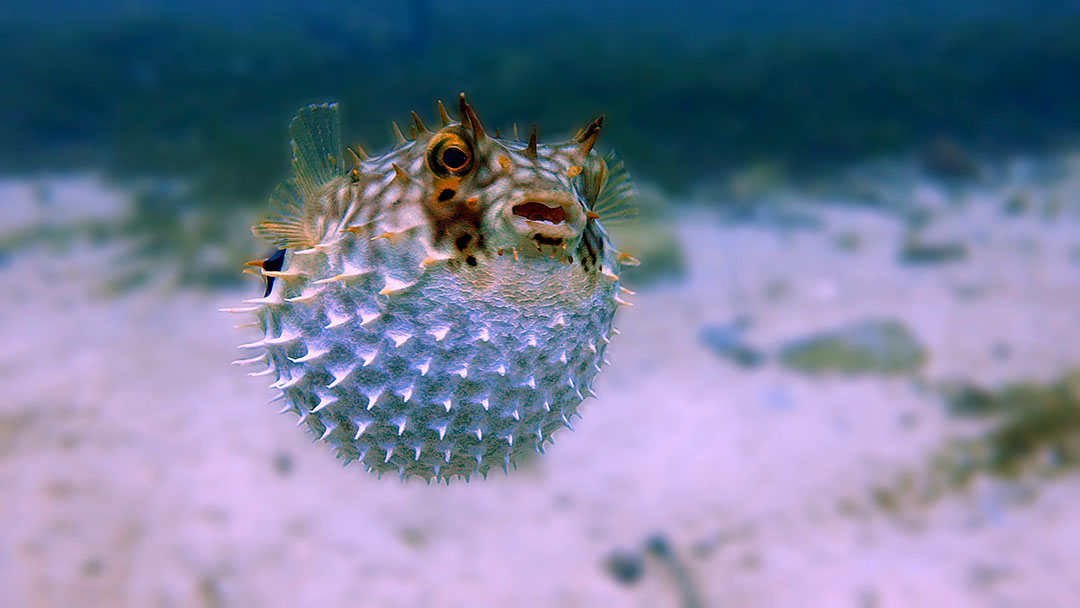
A marker pen loaded with pufferfish toxin could help treat chronic pain
Scientists have developed a marker pen to deliver tetrodotoxin, a powerful neurotoxin found in pufferfish, to treat severe skin pain.
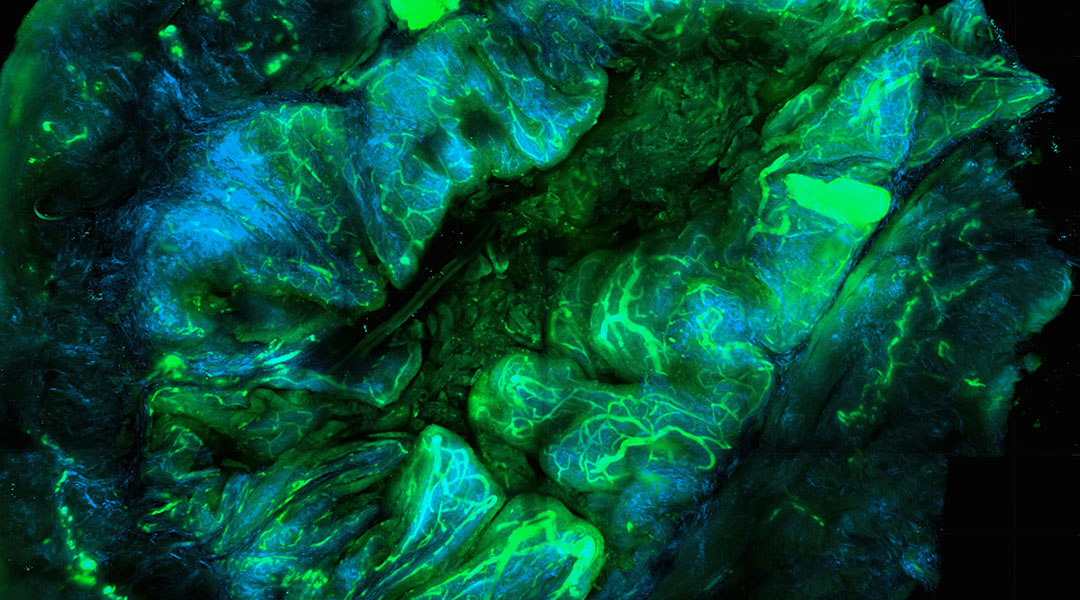
Light-activated therapy and antibiotics join forces to improve in situ cancer vaccines
Scientists integrate light therapy and antibiotics into a single platform to help the body create its own tumor vaccine.
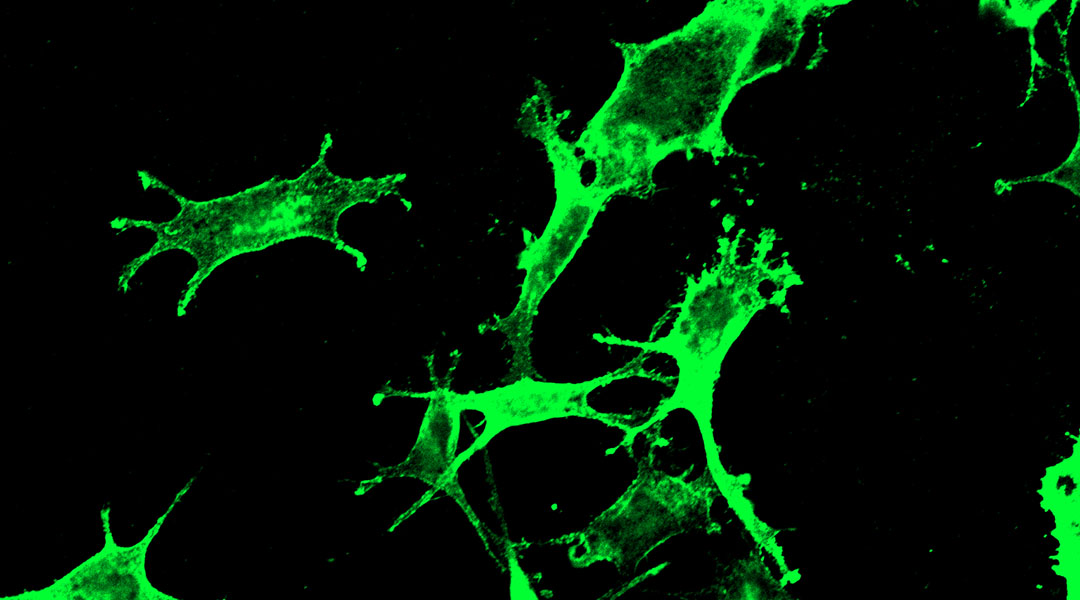
New cancer vaccine uses SARS-CoV-2 marker to harness immunity against tumors
SARS-CoV-2 marker used to trigger the immune system against cancer, showing promise in shrinking tumors and improving survival in mice.

An mRNA vaccine for asthma shows promise in mice
Based on the same mRNA vaccine against COVID-19, a new prototype has shown potential to treat asthma, a condition with no known cure.
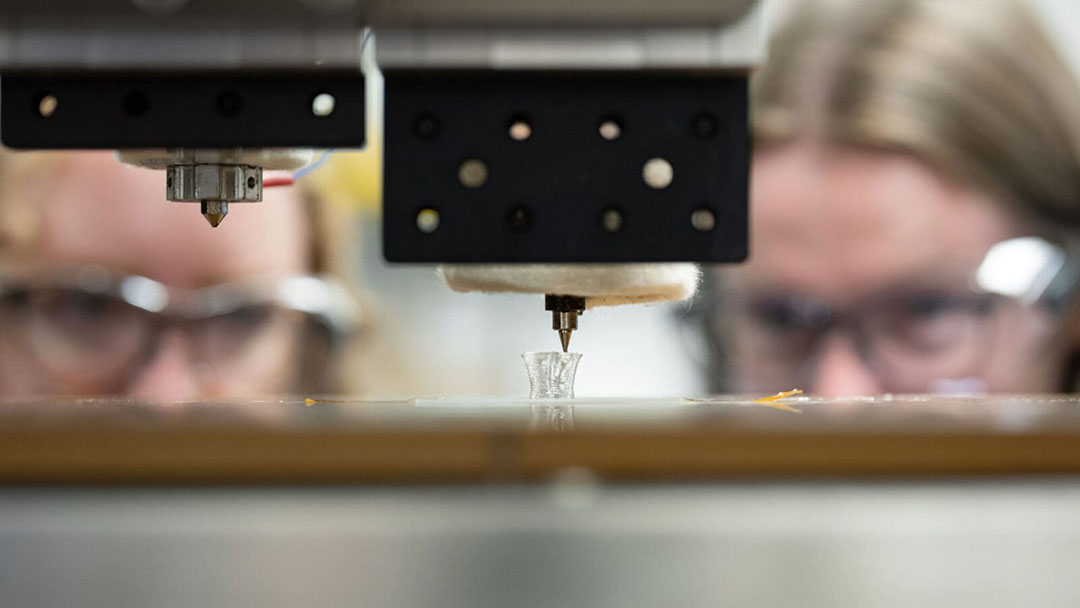
Recyclable 3D-printed plastics that heal, flex, and adapt
A 3D printing technique creates recyclable plastics with adjustable flexibility and strength for soft robots and medical devices.

Unwanted vibrations strengthen quantum dots for secure communication
Once disruptive, phonons now improve quantum dots’ behavior, making them more reliable for quantum communication and cryptography.
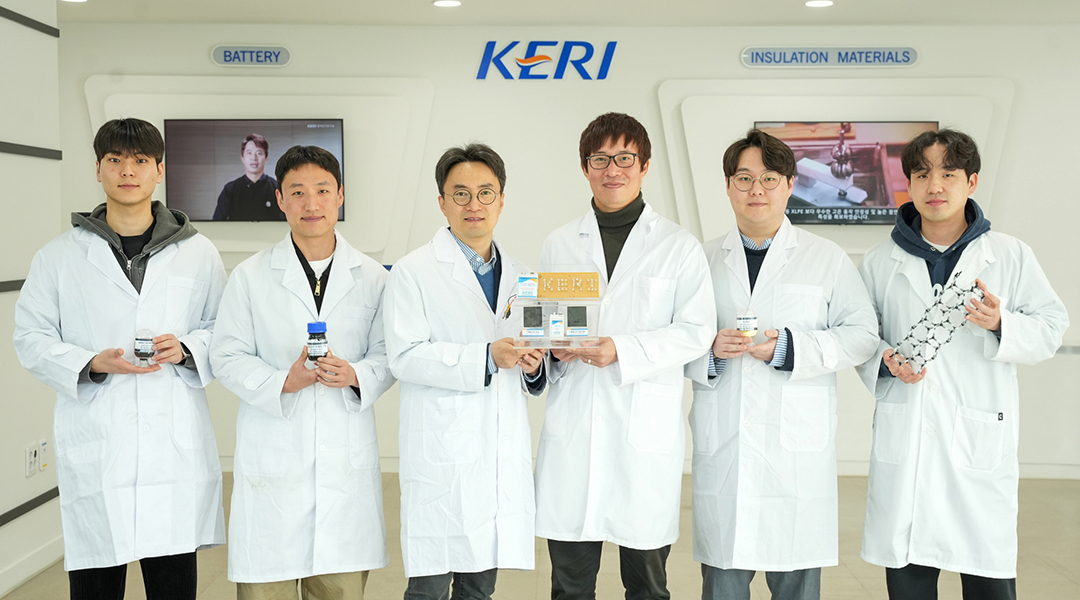
New lithium-sulfur battery design boosts lifespan and flexibility
A new battery design could overcome obstacles to making batteries with more energy storage capacity and a lower environmental footprint.

Scientists observe predator-prey dynamics in a quantum system
Scientists find predator-prey-like interactions in spinning particles, challenging physics and opening doors for quantum tech.

The multi-decade collapse of a massive Antarctic ice sheet
Such rapid changes haven’t been accounted for in model projections, meaning sea level estimates are subject to uncertainty.

Fungi could unlock the recycling of carbon fiber
Scientists have developed a process to recycle carbon fiber into valuable chemicals with the help of fungi.

Solar windows with reflective blinds give buildings an energy boost
The innovative windows generate energy while shading building interiors from the sun, improving indoor comfort and energy efficiency.

How underground fungi could make crops more nutritious—and attract bees
Scientists uncover the role of soil fungi in improving crop yields and balancing complex plant-pollinator interactions.
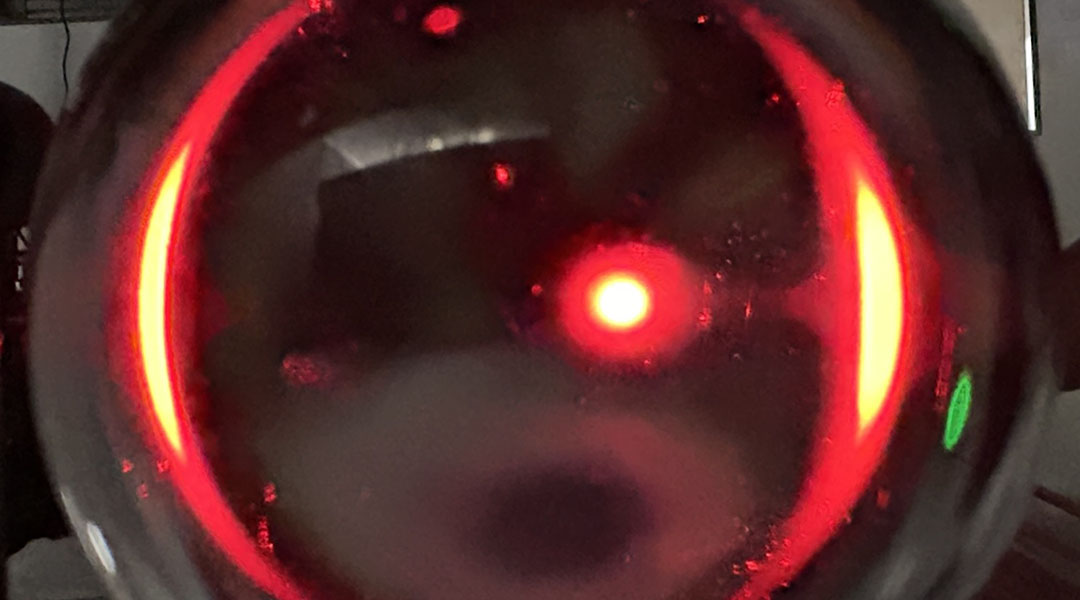
Researchers replicate gravitational lensing in the lab
Lenses help researchers mimic the way massive cosmic objects bend light—bringing the elusive effects of gravitational lensing to Earth.

Gas filaments could help explain how supermassive black holes get so big
New observations suggest elongated gas filaments that stretch into space may be feeding supermassive black holes.

Scientists observe predator-prey dynamics in a quantum system
Scientists find predator-prey-like interactions in spinning particles, challenging physics and opening doors for quantum tech.

A theory of frozen stars challenges our understanding of black holes
Linking string theory with observations, frozen stars shed new light on black holes and the clash between quantum mechanics and relativity.
